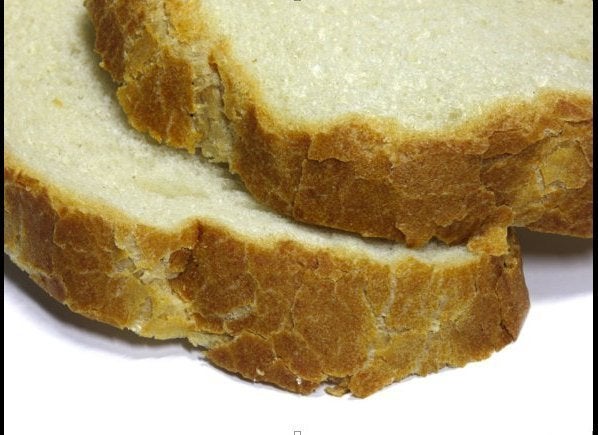By Kristin Kirkpatrick, R.D. for YouBeauty.com
The bread section is probably the most popular aisle at the grocery store. It's also the most confusing. Faced with labels ranging from "organic whole wheat" to "seven grain" to "flax and grains," it's enough to make your head spin.
But the decisions you make in this aisle affect your health, along with your risk of chronic disease, in a big way. Consider this your shopping guide to help you bag a loaf that'll add years to your life, instead of taking away from it.
The Health Risks of White Bread
Good, old-fashioned white bread? It's no more than an enormous sugar cube. It will shoot your blood sugar to the roof and take it back down just as quickly and steeply as it turned it up. Along for the ride is insulin (sugar's chaperone), needed to take sugar into your cells so it can be used for energy. This roller coaster of blood sugar has been shown to increase your risk of heart attack, stroke, fatty liver, obesity and diabetes. It's also a real beauty buster, proven to speed up the formation of wrinkles and cause your skin to look dull and lifeless. White bread is created using enriched or bleached wheat flours. These flours have had their protein and important B vitamins stripped to create a product that is sweeter and more palatable for the average consumer.
More from YouBeauty.com:
QUIZ: Are You Getting All Your Beauty Nutrients?
Eat Healthily for $36 a Week
GALLERY: 10 Healthy Brown Bag Lunches
But this article isn't about white bread. After all, most of us know that white bread is a questionable decision; it's about all the other varieties where we remained confused.
The Best Breads
Whole wheat. Rye. Pumpernickel. Gluten-free. Which bread is beast for your health?
The most important aspect to look for in bread choice is that it's 100-percent whole grain. Ideally, you'll see this percentage on the front of the packaging. If the package says "wheat" or "contains 'x' number of whole grains" or even "multigrain," chances are it's white bread in disguise. Why go 100-percent whole grain? For starters, whole grains will provide you with a great source of fiber, which helps in the prevention of heart disease and colon cancer. Fiber also helps to keep you fuller, longer, so that you can eat less throughout the day and maintain your weight. Whole grains also retain essential B vitamins and protein as well, which means you're getting nutrients needed for youthful skin as well as protein for great hair!
Even though I advise you to keep simple sugars and syrups out of the first five ingredients of any product, bread gets a free pass here since sugar is needed to activate yeast. My rule of thumb is to first find a great tasting 100-percent whole wheat bread (with the percentage displayed) and aim for sugar to come in at ingredient number three or four.
Not all good-for-you breads have the 100-percent label on it, so for those that don't, use these tips to help you make the right decision. If you're still confused, simply look at the grams of fiber; any less than two probably means your looking at a refined product.
Hopefully this article makes you raise an eyebrow at the breads that you thought were healthy. Good ones are out there, you just need to look. Perhaps more importantly, you need to go into your decision armed with the knowledge that manufacturers are hoping you'll be confused!
